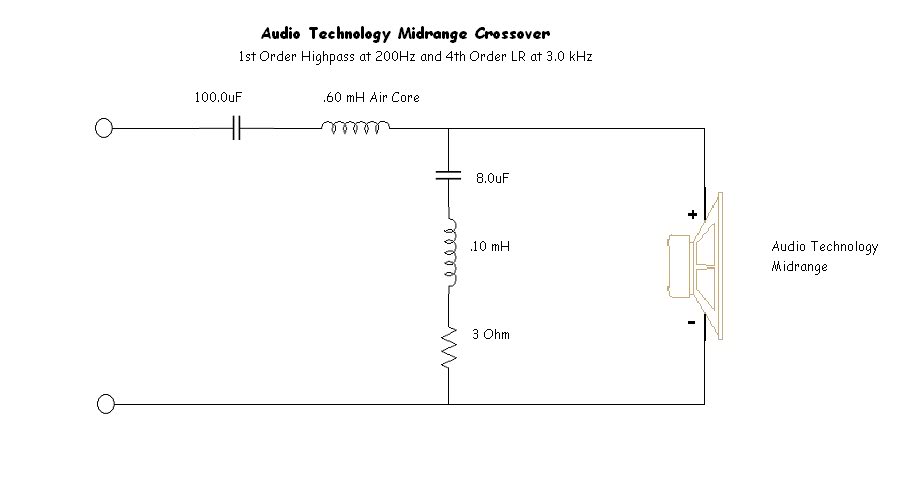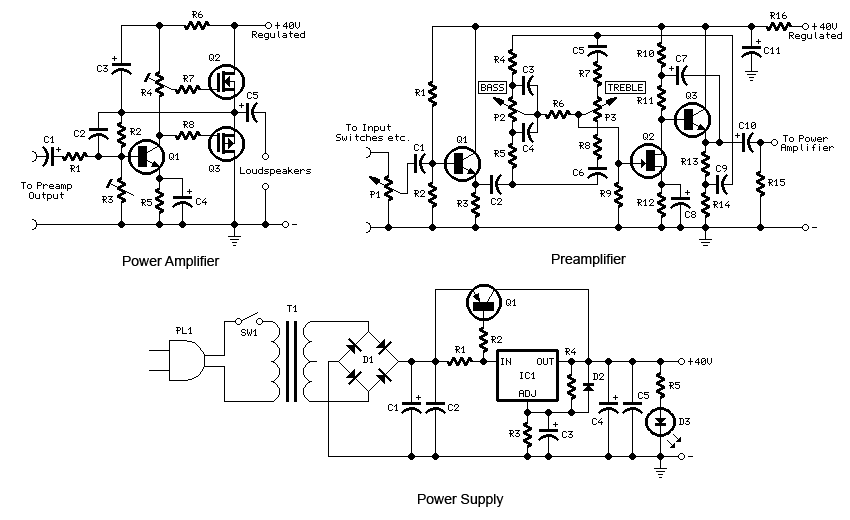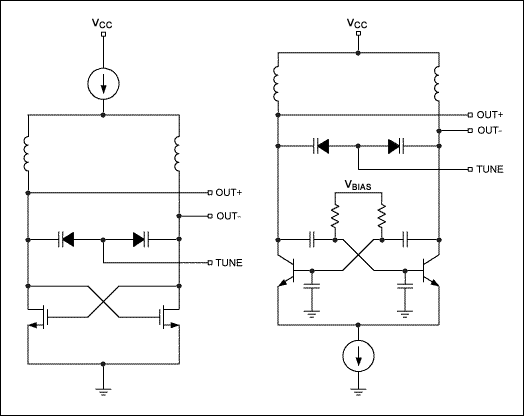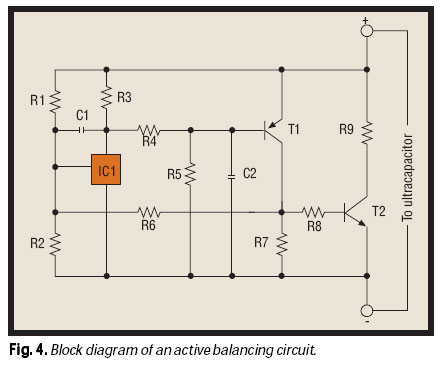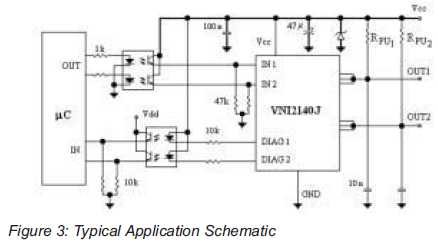
Wearable Technology
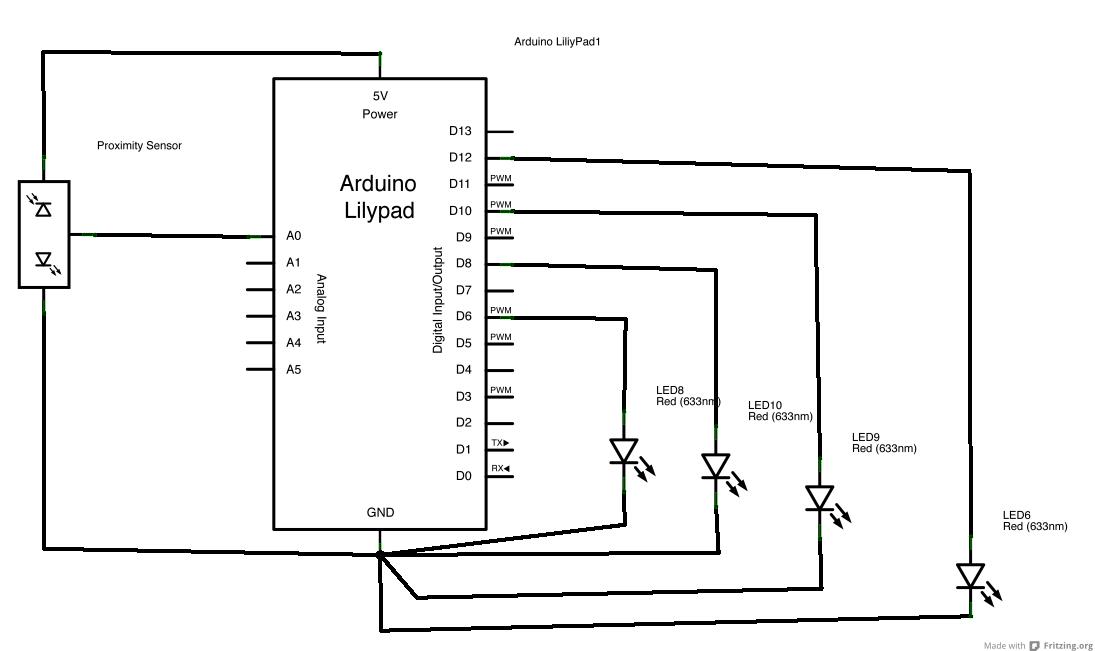
Alligator clips were used to construct the circuit, which was successfully operational. The code was developed, particularly focusing on the blinking section to ensure the LEDs blinked randomly rather than in a set sequence. The values read and sent by the sensor were utilized to trigger the blinking. The program was uploaded to the Lilypad, initiating the prototype. The project involved a ready-made handbag, conductive thread, one Arduino Lilypad, one proximity sensor, six LEDs (in green, blue, red, and yellow), some wire, AAA batteries, and industrial felt, totaling a cost of $42. The project is part of Philips' initiative, Design Probes, featuring a dress designed by CuteCircuit, composed of 24,000 full-color LEDs that interact with the human body and surrounding atmosphere. The project concept includes various unique wearable technology ideas, such as gloves that record and play back whispered secrets, and a quilt designed for wireless communication between individuals at a distance. Other concepts discussed include a kinetic dress that responds to the wearer's movement and the use of conductive inks for creating wearable circuits powered by solar energy.
The circuit design incorporates alligator clips to establish connections between the various components, ensuring a modular and easily adjustable setup. The Arduino Lilypad serves as the microcontroller, facilitating the programming of LED behaviors and sensor interactions. The proximity sensor detects the presence of nearby objects, providing input to the Arduino, which processes this data to trigger the LEDs to blink in a non-linear, random fashion. This feature enhances the visual appeal of the project, creating a dynamic interaction between the wearer and the audience.
The six LEDs are distributed strategically across the handbag to maximize visibility and aesthetic impact. Each LED's color can be controlled individually through the programming logic, allowing for a vibrant display that can adapt to different scenarios. The use of conductive thread in the circuit design not only maintains flexibility in the textile but also integrates seamlessly with the overall design of the handbag.
Powering the circuit is achieved using AAA batteries, providing a portable and lightweight solution for energy needs. The inclusion of industrial felt as a backing material offers durability while maintaining a soft touch, enhancing comfort for the wearer. The project exemplifies the intersection of fashion and technology, showcasing how electronic components can be integrated into everyday items to create interactive experiences.
Additional concepts mentioned, such as the gloves that capture whispered secrets, utilize similar principles of interaction and technology integration. These gloves incorporate recording and playback capabilities, allowing for a personal and intimate experience. The quilt project introduces wireless communication through pressure-sensitive interactions, demonstrating innovative approaches to connectivity and emotional expression.
In summary, the project reflects a comprehensive exploration of wearable technology, combining artistic design with functional electronics. The successful execution of these concepts highlights the potential for further development and experimentation in the realm of interactive fashion and personal expression through technology.I used alligator clips to make the circuit and have it working. Then worked on the code and especially on the blinking section to make the LEDs look like they are blinking randomly and not in any order. I used the values read and send by the sensor to trigger the blinking. Finally uploaded the program to the Lilypad and started the prototype. The below images show the process of my project. For this project I bought a ready made handbag. I used conductive thread, 1 Arduino Lilypad, 1 Proximity sensor, 6 LED (Green, Blue, Red and Yellow), some wire, AAA batteries and industrial felt. The total cost for this project was $42. I used alligator clips to make the circuit and have it working. Then worked on the code and especially on the blinking section to make the LEDs look like they are blinking randomly and not in any order.
I used the values read and send by the sensor to trigger the blinking. Finally uploaded the program to the Lilypad and started the prototype. This dress is made from high tech materials and the project is designed as part of Phillips` initiative, Design Probes. I like how the dress interacts with human body and surrounding atmosphere. It is design by CuteCircuit, and the dress is made up of 24, 000 full colour LEDs. I like how the LEDs combine with layers of silk which make the light really stand out. This is a really unique concept and great execution. 8 works by feeding oxygen from a nasal cannula to a lightweight M4 oxygen tank attached to the back of the model`s Gaga-esque leather harness.
I really enjoy this satire style of this project and the surreal idea of personalizing air sources for women. I These are gloves that capture your secrets! as you cup your hands over your mouth and whisper your secret, the gloves will record it and play it back to you when you choose to.
This an extremely simple project that demonstrate in a playful way ideas of human behavior and interaction. A secret is such an interesting thing because it`s private and intimate. The gloves allows you to share it with yourself or another person in an intimate way. Some secrets are hard to share, so the gloves can verbalize them. Some secrets are never meant to be shared, but the glove can be a reminder so you don`t forget them. Also the esthetics and design of the gloves are done nicely, I would love to try it out! I love the concept behind this project-to connect people who live far from each other through wireless communication using a quilt.
The quilt is nicely designed and it lights up in 2 colours to represent the two people using it simultaniously from a distance. It is fun and playful however, it functions based on background knowledge- if you squeeze it in a certain way, it means that you had a nightmare for example.
It seems as there could be better ways to interact with it- for instance maybe it can produce words or visual cues based on the amount of pressure used or where it was pressed. Also use more then 2 colours would give it more visual richness. I am also not sure why why a quilt was used for this, and if one is meant to cover themselves with it, the concept wouldn`t work as well.
If one is adding technology to a wearable project, they should take into consideration the functionality of the product and use technology to enhance it or to challenge it otherwise it loses its meaning and damages usability. I really like the concept of using natural sounds from your body and mixing them to create a sound piece.
However, I feel that more sounds could be added to create more interest, or maybe having more then one person would enrich the music. Also incorporating movement would make the project more intriguing. The kinetic dress the description sounds better then the demonstration. The idea is that the sensors at the external part of the dress detects the wearer`s movement. If they move fast patterns of the dress light up, if they move slow, the dress looks ordinary. It`s a nice idea but I can`t see a meaningful interaction here. The description talks about detecting the mood of the wearer by their walking pace but the design of the patterns doesn`t indicate what is considered good or bad mood.
Also you walking pace might just reflect the fact that you are in a hurry or waiting so it`s hard to detect mood merely on that. Recipe for conductive inks from mikey77. The recipe includes Liquid Tape , carbon graphite power, and tuloul solvent, all available at hardware stores.
I want to experiment with including silver filings instead of carbon because it is more conductive, and I have about $70 of scrap silver from jewellery classes. There is a recipe for both conductive ink and conductive paint which use the same ingredients. The ink may only be appropriate for use as a resistor. This instructable by asvin. b shows how to create a simple switch with conductive inks. Unfortunately, while s/he lists what ink is used, I can`t figure out how to purchase it. Oh well, all the commercial products seem to be out of my price range anyway! A wearable circuit using conductive ink to make connections. It will be simple, because the conductive capacity of this material does not seem to be well researched and I forsee challenges trouble shooting those issues.
I will likely use LEDs as an actuator, but will prototype with other actuators time allowing. I`ve ordered 2 meters of LED strip lighting and will likely use a light coloured organza as my main fabric. Second component of this, it that I would like the dress to light up only in the dark, so I will incorporate light sensor(s), which I will program to brighten and dim subtly.
Third component is that I would like the whole thing to be powered up with solar panels I will put on the back, and incorporate as part of my design. This might be a little ambitious, I don`t know! I`ve ordered the white LED strips, and two 6 volt solar panels, which I can connect to make 12v, and will be enough to power one meter of the LED`s.
If this works, I`ll get more to power the rest. The idea is to power up the dress in a sunny spot for a day or two before you are ready to wear it. Failing that, each meter strip of LED is powered by 8 x AA batteries-a big heavy belt will be needed too! Once the components are all connected correctly, I think I can use a version of the light sensor code we have all worked with before, with variations according to how the lights are divided.
As far as what this project is bringing into the world-conversation, wonder, inspiration! Its not saving lives or helping anyone obviously, but it sure would be fun to wear on say, New Years eve! 🔗 External reference
The circuit design incorporates alligator clips to establish connections between the various components, ensuring a modular and easily adjustable setup. The Arduino Lilypad serves as the microcontroller, facilitating the programming of LED behaviors and sensor interactions. The proximity sensor detects the presence of nearby objects, providing input to the Arduino, which processes this data to trigger the LEDs to blink in a non-linear, random fashion. This feature enhances the visual appeal of the project, creating a dynamic interaction between the wearer and the audience.
The six LEDs are distributed strategically across the handbag to maximize visibility and aesthetic impact. Each LED's color can be controlled individually through the programming logic, allowing for a vibrant display that can adapt to different scenarios. The use of conductive thread in the circuit design not only maintains flexibility in the textile but also integrates seamlessly with the overall design of the handbag.
Powering the circuit is achieved using AAA batteries, providing a portable and lightweight solution for energy needs. The inclusion of industrial felt as a backing material offers durability while maintaining a soft touch, enhancing comfort for the wearer. The project exemplifies the intersection of fashion and technology, showcasing how electronic components can be integrated into everyday items to create interactive experiences.
Additional concepts mentioned, such as the gloves that capture whispered secrets, utilize similar principles of interaction and technology integration. These gloves incorporate recording and playback capabilities, allowing for a personal and intimate experience. The quilt project introduces wireless communication through pressure-sensitive interactions, demonstrating innovative approaches to connectivity and emotional expression.
In summary, the project reflects a comprehensive exploration of wearable technology, combining artistic design with functional electronics. The successful execution of these concepts highlights the potential for further development and experimentation in the realm of interactive fashion and personal expression through technology.I used alligator clips to make the circuit and have it working. Then worked on the code and especially on the blinking section to make the LEDs look like they are blinking randomly and not in any order. I used the values read and send by the sensor to trigger the blinking. Finally uploaded the program to the Lilypad and started the prototype. The below images show the process of my project. For this project I bought a ready made handbag. I used conductive thread, 1 Arduino Lilypad, 1 Proximity sensor, 6 LED (Green, Blue, Red and Yellow), some wire, AAA batteries and industrial felt. The total cost for this project was $42. I used alligator clips to make the circuit and have it working. Then worked on the code and especially on the blinking section to make the LEDs look like they are blinking randomly and not in any order.
I used the values read and send by the sensor to trigger the blinking. Finally uploaded the program to the Lilypad and started the prototype. This dress is made from high tech materials and the project is designed as part of Phillips` initiative, Design Probes. I like how the dress interacts with human body and surrounding atmosphere. It is design by CuteCircuit, and the dress is made up of 24, 000 full colour LEDs. I like how the LEDs combine with layers of silk which make the light really stand out. This is a really unique concept and great execution. 8 works by feeding oxygen from a nasal cannula to a lightweight M4 oxygen tank attached to the back of the model`s Gaga-esque leather harness.
I really enjoy this satire style of this project and the surreal idea of personalizing air sources for women. I These are gloves that capture your secrets! as you cup your hands over your mouth and whisper your secret, the gloves will record it and play it back to you when you choose to.
This an extremely simple project that demonstrate in a playful way ideas of human behavior and interaction. A secret is such an interesting thing because it`s private and intimate. The gloves allows you to share it with yourself or another person in an intimate way. Some secrets are hard to share, so the gloves can verbalize them. Some secrets are never meant to be shared, but the glove can be a reminder so you don`t forget them. Also the esthetics and design of the gloves are done nicely, I would love to try it out! I love the concept behind this project-to connect people who live far from each other through wireless communication using a quilt.
The quilt is nicely designed and it lights up in 2 colours to represent the two people using it simultaniously from a distance. It is fun and playful however, it functions based on background knowledge- if you squeeze it in a certain way, it means that you had a nightmare for example.
It seems as there could be better ways to interact with it- for instance maybe it can produce words or visual cues based on the amount of pressure used or where it was pressed. Also use more then 2 colours would give it more visual richness. I am also not sure why why a quilt was used for this, and if one is meant to cover themselves with it, the concept wouldn`t work as well.
If one is adding technology to a wearable project, they should take into consideration the functionality of the product and use technology to enhance it or to challenge it otherwise it loses its meaning and damages usability. I really like the concept of using natural sounds from your body and mixing them to create a sound piece.
However, I feel that more sounds could be added to create more interest, or maybe having more then one person would enrich the music. Also incorporating movement would make the project more intriguing. The kinetic dress the description sounds better then the demonstration. The idea is that the sensors at the external part of the dress detects the wearer`s movement. If they move fast patterns of the dress light up, if they move slow, the dress looks ordinary. It`s a nice idea but I can`t see a meaningful interaction here. The description talks about detecting the mood of the wearer by their walking pace but the design of the patterns doesn`t indicate what is considered good or bad mood.
Also you walking pace might just reflect the fact that you are in a hurry or waiting so it`s hard to detect mood merely on that. Recipe for conductive inks from mikey77. The recipe includes Liquid Tape , carbon graphite power, and tuloul solvent, all available at hardware stores.
I want to experiment with including silver filings instead of carbon because it is more conductive, and I have about $70 of scrap silver from jewellery classes. There is a recipe for both conductive ink and conductive paint which use the same ingredients. The ink may only be appropriate for use as a resistor. This instructable by asvin. b shows how to create a simple switch with conductive inks. Unfortunately, while s/he lists what ink is used, I can`t figure out how to purchase it. Oh well, all the commercial products seem to be out of my price range anyway! A wearable circuit using conductive ink to make connections. It will be simple, because the conductive capacity of this material does not seem to be well researched and I forsee challenges trouble shooting those issues.
I will likely use LEDs as an actuator, but will prototype with other actuators time allowing. I`ve ordered 2 meters of LED strip lighting and will likely use a light coloured organza as my main fabric. Second component of this, it that I would like the dress to light up only in the dark, so I will incorporate light sensor(s), which I will program to brighten and dim subtly.
Third component is that I would like the whole thing to be powered up with solar panels I will put on the back, and incorporate as part of my design. This might be a little ambitious, I don`t know! I`ve ordered the white LED strips, and two 6 volt solar panels, which I can connect to make 12v, and will be enough to power one meter of the LED`s.
If this works, I`ll get more to power the rest. The idea is to power up the dress in a sunny spot for a day or two before you are ready to wear it. Failing that, each meter strip of LED is powered by 8 x AA batteries-a big heavy belt will be needed too! Once the components are all connected correctly, I think I can use a version of the light sensor code we have all worked with before, with variations according to how the lights are divided.
As far as what this project is bringing into the world-conversation, wonder, inspiration! Its not saving lives or helping anyone obviously, but it sure would be fun to wear on say, New Years eve! 🔗 External reference
